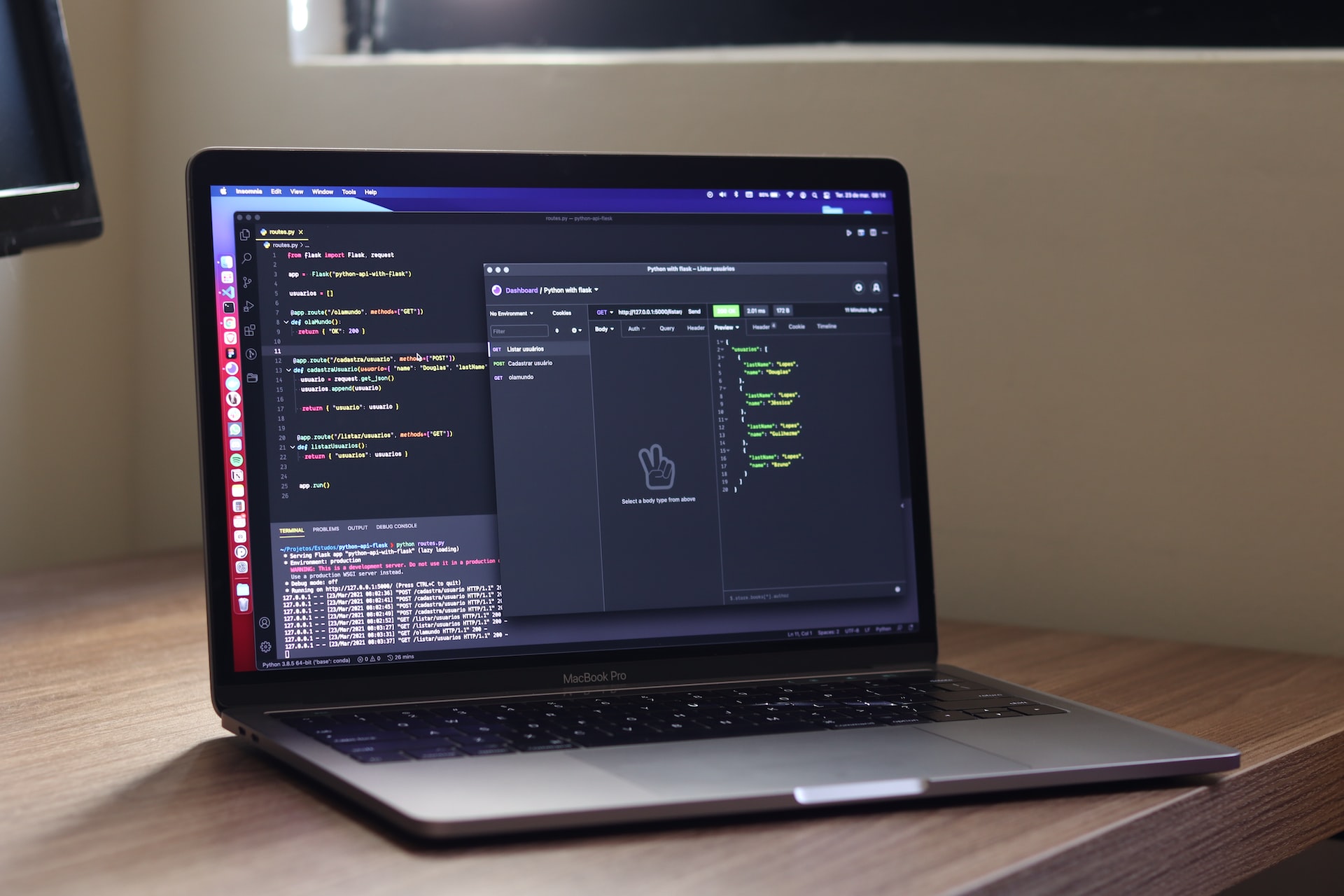Now we get to talk no everybody’s favorite (not) subject: grammar! For many a would-be language learner, grammar has been the one thing that has absolutely paralyzed them. Do you remember your high school days when you were forced to take Spanish, French, or German? I remember taking three years of Spanish in high school. And guess what? After three years, I couldn’t say a thing in Spanish, and I certainly couldn’t understand it if someone else spoke it.
So what was the problem?
The problem is that we focused only on grammar. If you’ve had a similar experience, then there’s no need to fear. You don’t have to spend endless hours pouring over conjugation tables, lists of irregular verbs, or the like. I’m going to show you a better way Grammar isn’t all it’s cracked up to be. For example, when you speak English, do you think in your head “Okay, now I’m using a plural noun, so I have to make sure the verb agrees with that. Oh, and I’m using the subjunctive mood, so I must use ‘were’ instead of ‘was,’ etc, etc.” NO! You just speak naturally and fluently without thinking about it too much.
So what’s the use of grammar? Let’s break it down:
It can help you to learn a language quicker. This way, you can actually learn a second language faster than you did your first language. It does this by giving you hints on how to use words, what order they should be learned in, etc. For example, I could listen to a lot of Spanish and eventually figure out that the adjective must agree with the noun, or I could read a 5 second explanation.
Here’s what you don’t want to do:
Memorize a big conjugation chart. If a language has a lot of conjugations, you don’t want to spend hours memorizing it, do you? Unless you like suffering, right? Instead, find an example sentence that uses said conjugation, understand the meaning of the sentence, not necessarily how to conjugate the verb/noun, etc., and then add that to your Spaced Repetition Software, such as Anki. There, painless, wasn’t it? Seek to understand meaning, not “I have to drop the ‘s’, change the ‘y’ to ‘i’, and add ‘oasdjfsdkhfkls.’” That’s just too painful.
Eventually you will pick up the how by seeing enough examples. Also, learning from example sentences will help you to learn the exceptions, which every language has in one form or another.
I talked about using example sentences and adding them to an SRS. How do you do that? I’ll explain in the next post. In my opinion, this is one of the fundamentals to effective language learning.
Acts 5:42 “And daily in the temple, and in every house, they ceased not to teach and preach Jesus Christ.”



